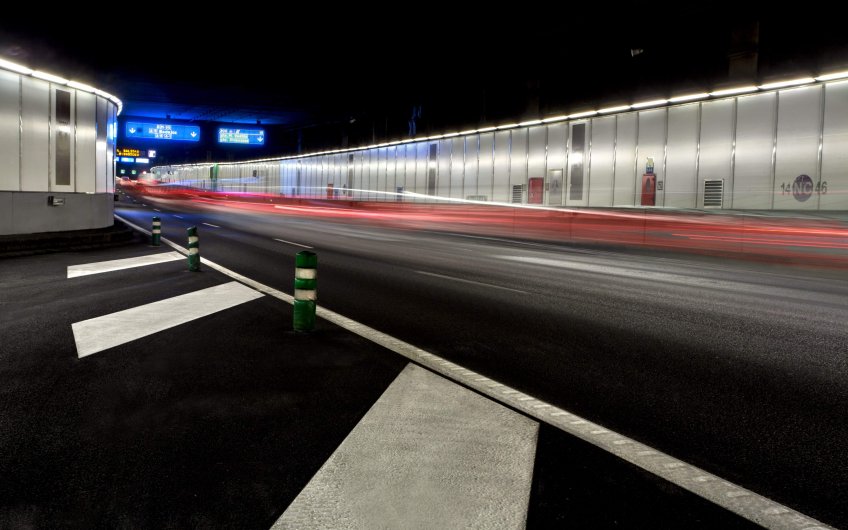
The water that is drained through the Madrid Calle 30 tunnels (or the MC30) has the potential to generate energy that would cool 4,256 households, according to data presented today from a study conducted by Aula Universitaria Madrid Subterra, an academic initiative at the heart of the Universidad Politécnica de Madrid’s Advanced Industrial Engineering School which is promoted and funded by the association Madrid Subterra.
This figure is based on the thermal energy of the water that could potentially be extracted through heat pumps in 20 of the 36 MC30 drainage wells, and could then be distributed by underfloor heating to cool MC30 facilities or non-MC30 facilities located in the surrounding areas of the tunnels.
This Aula Universitaria Madrid Subterra study maintains that in the 20 MC30 wells which have water storage capacities which can be harnessed to produce energy, each cubic meter of pumped water can generate roughly 9kWh of cooling power. The data is based on the analysis of the most unfavorable water temperatures of the wells during the summer months, which were measured at 18 ° C. In an hour, on average, the 20 wells pump 313.6 cubic meters of water, enough to fill an Olympic pool every 8 hours.
The hydrothermal energy extracted from the subsoil, in this case from the water drained in the MC30 wells, is clean, sustainable and renewable. That is, if this energy potential – in whole or in part – was technologically and economically viable, it would help in the fight against climate change as it would prevent the emission of 1,257 tons of CO2 into the atmosphere (the equivalent of the amount of pollution generated in three days by all of Madrid’s 15,723 taxis working 8 hour shifts).
The hydrothermal potential of the water drained in the MC30 tunnels could also supply domestic hot water to 19,786 people throughout the year or cover the heating energy demand of 398 households. All of the data is based on calculations from the Institute for the Diversification and Saving of Energy(IDAE)’s residential energy consumption tables.
Aula Madrid Subterra’s first year of work has also confirmed the effectiveness of metro station Avenida de America’s air tempering project for the thermal use of the 20,000 liters of water per hour that are collected by the station’s well. The analyses by the Madrid Metro, which are reinforced by Aula Madrid Subterra, maintain that the platform air temperatures could be lowered by up to 7 degrees.
The Madrid Metro could lower the platform air temperatures of the Avenida de America station by up to 7ºC using the water drained at the station.
Aula Madrid Subterra has also opened up another avenue for research related to the energy potential of Metro infrastructure in supplying for third parties. In this sense, there is data which shows that given the amount of air and its temperature at the Gran Via and Bilbao stations, -and assuming the necessary investment and technology were in place for the project to launch – , 7,500 people’s hot water consumption could potentially be covered each month.
In addition, Aula Madrid Subterra has given the Madrid Metro information that goes beyond specific figures, and which includes a validated calculation methodology, sensitivity analysis models of different variables and a variety of technical solutions to make decisions about the Madrid nderground’s thermal heat waste.
The analyses carried out on the Madrid Metro’s subterranean installations and on Madrid Calle 30 provide support to demonstrate the existence of an urban underground clean energy deposit, which the public-private association Madrid Subterra has been working to harness since its founding 5 years ago.
Madrid Subterra recently requested that the city’s underground energy potential be taken into account in the Spanish Climate Change Strategy, in the planning and development of the”Madrid Nuevo Norte” project, in the city plan “Operación Campamento”, in the extension of the Madrid Metro network, and in the tunneling of the A5, as well as in any other future urban initiatives.
The data from Aula Madrid Subterra reinforces the message to public and regulatory bodies so that they actively encourage the projects and investments required to take advantage of this clean and renewable source of residual energy found in the urban subsoil and which is currently being wasted.